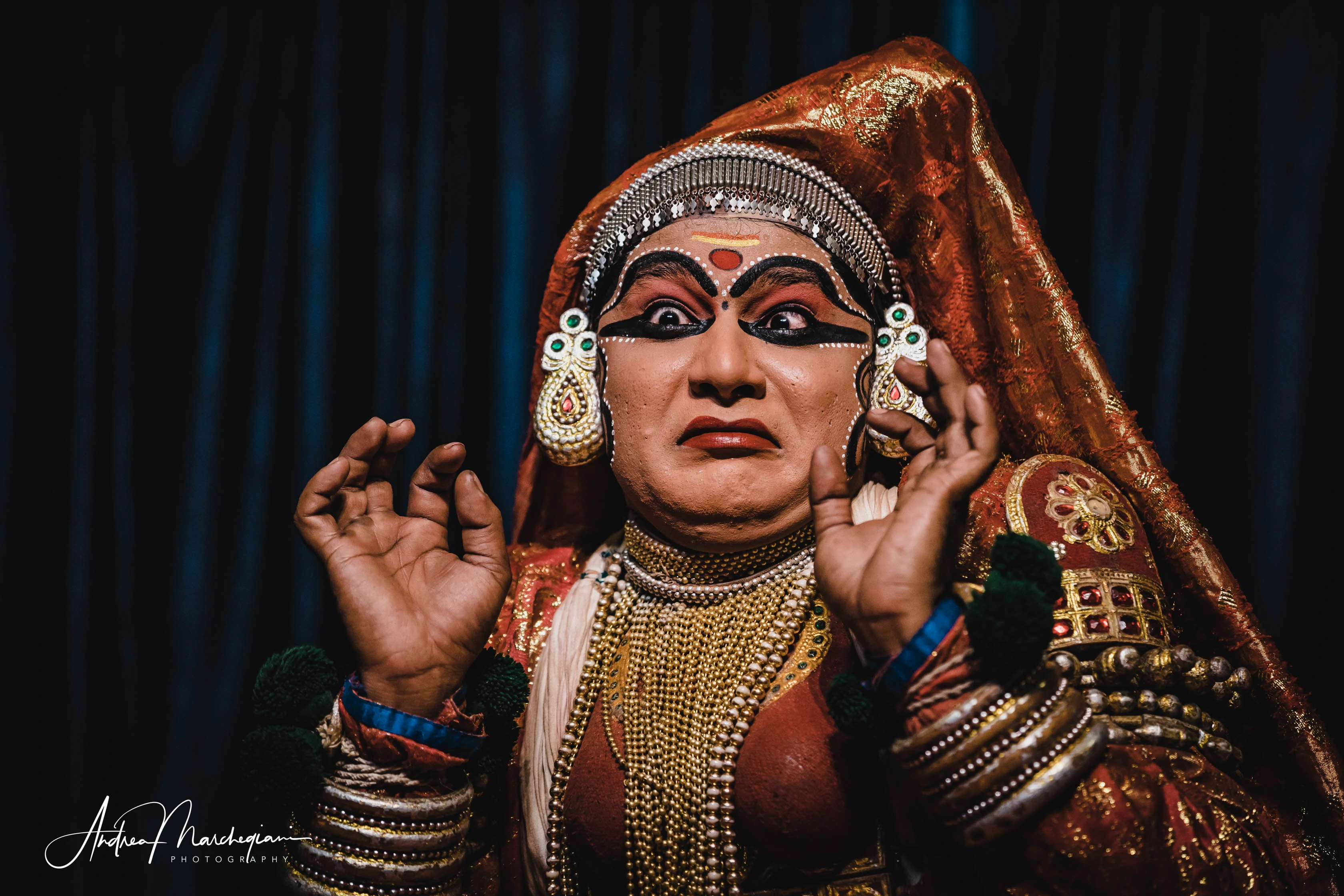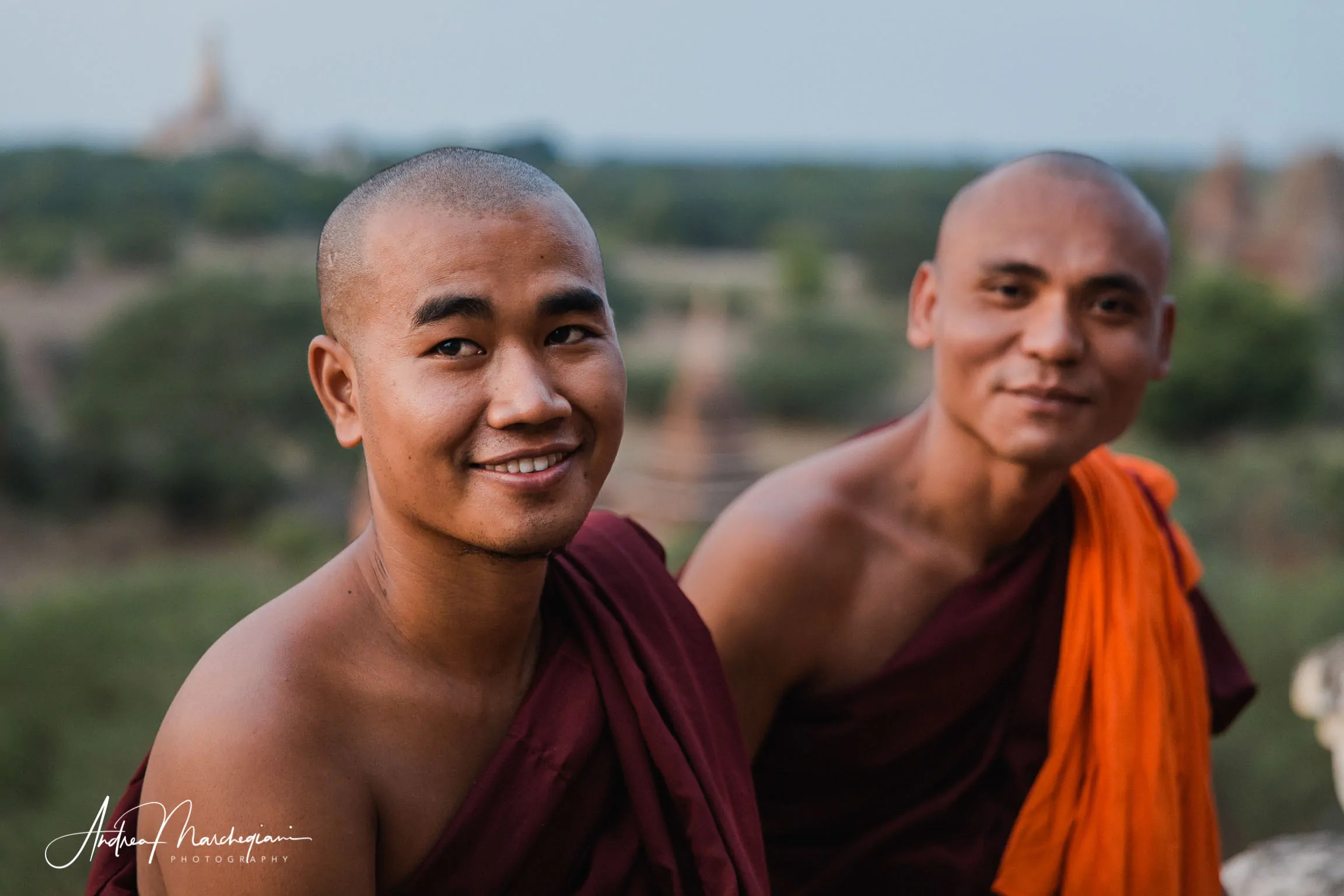
- Home
- Photo Galleries
- Portrait Photography
- Landscape Photography
- Street Photography
- China
- Ethiopia
- India
- Holy Ganges
- Varanasi
- Varanasi Ganga Aarti
- Varanasi, Manikarnika Ghat
- Varanasi Streets & Alleys
- Varanasi Demolition
- Varanasi Fruit Market
- Sarnath
- Brick Kilns
- Tamil Nadu, Chennai & Mamallapuram
- Tamil Nadu, Fort Tirumayam & Madurai
- Tamil Nadu, Tiruvannamalai & Thanjavur
- Kerala, Munnar
- Kerala, Peryiar
- Kerala, Backwaters
- Kerala, Kochi
- Kazakhstan
- Myanmar
- Senegal
- Uzbekistan
- Travel Blog
- China
- Ethiopia
- India
- Tamil Nadu & Kerala
- Varanasi
- Whato to do in Varanasi
- Varanasi Life along the Ghats
- Varanasi Death along the Ghats
- Varanasi Ganga Aarti Ceremony
- Varanasi demolished to honor Shiva
- Varanasi Fruit Market
- “Varanasi, A Journey into the Infinite”
- Sarnath
- All about River Ganges
- Holy Shit. All about Indian Cow Dung
- Clean India Project
- Brick factories
- Tilaka, pundra, bindi: what is the mark on Indian foreheads?
- Kazakhstan
- Mongolia
- Ulaanbaatar, the coldest capital in the world
- What to do in Ulaanbaatar
- Chinggis Khan Museum, 6 floors of Mongolian history
- Gorkhi-Terelj National Park and Bodgkhan Natural Reserve
- Altai Mountains, Things to do in Olgii and Sagsai
- Living with the Eagle Hunters
- Sagsai Eagle Festival
- Navrus Festival
- Xöömej, Mongolian throat singing
- Mongolian Food
- Myanmar
- Senegal
- Uzbekistan
- Latest Posts
- Photography Blog
- About
- Prints
Tilaka, pundra, bindi: what is the mark on Indian foreheads?
Share with your friends:

What is tilaka, o pundra, o bindi
Hinduism is a set of beliefs and traditions that can hardly be traced back to a homogeneous corpus of beliefs. Each location has its own myths and legends and the Indian gods are thousands, all with different avatars or manifestations.
The tilaka or pundra is a sign placed on the forehead by Hindus to indicate belonging to a precise religious orientation. Indians wear tilaka on some holidays, but also in their daily lives. It is obtained from sandalwood paste, ash, turmeric or clay depending on the desired color.
Every time I attended a ceremony, I was approached by someone who invited me to receive the tilaka in exchange for a small offer. “It doesn’t matter if you’re not Hindu,” I’ve been told several times. “Draw the tilaka and Shiva will protect you.”

A red dot called bindi
The most common type of tilaka is the bindi or Bindu, a red dot in the middle of the forehead.
Bindi means “point” and represents the third eye, the eye of the mind that allows men to transcend.
In the past, the bindi was reserved for married women, but today it is also used by unmarried women and girls. It’s mostly red, but it can also be black.
Recently, shops are also selling tilaka stickers, colorful fabric to match the color of one’s sari, or made of small diamonds (mostly costume jewelry). From this point of view, the Bindu has a purely decorative function and a less spiritual value than the tilaka.




Many types of tilaka
We have already told Hinduism is a patchwork of myths and traditions, so it is not easy for a Westerner to correctly classify the meaning of every tilaka he encounters.
In representations of Buddha or gods, the tilaka is always in the center of the forehead, like the bindi, and represents the sixth chakra, that is, a state of absolute concentration.


In ordinary people, on the other hand, the tilaka indicates their social position, their belonging to a specific caste. This is why each caste identifies with a different design.
While I was visiting Madurai, during my trip to South India, a guide explained to me that each member of the faithful chooses their own protective deity on the basis of their own desires: are they looking for more money, more health or a happier family life? Each deity has specific powers of protection: Shiva is the patron of the Brahmins (the caste of priests), Parvati takes care of the family, while their son Ganesh protects artists and merchants.
According to what they desire most, Hindus bring their offerings to the shrine of the chosen god and draw a different tilaka. For example, if you are a devotee of Shiva you draw a horizontal white line; on the other hand, you worship Parvati with a red or orange dot, while pleasing Vishnu requires 3 vertical white lines.





I managed to identify more than 30 different tilaka!
It is appropriate to say that the tilaka, or pundra, or bindi, can mean many different things. In India nothing is as it seems and once we think we have understood one aspect, we find another that seems to contradict it. But it’s all part of the charm of the great, incredible India!

















